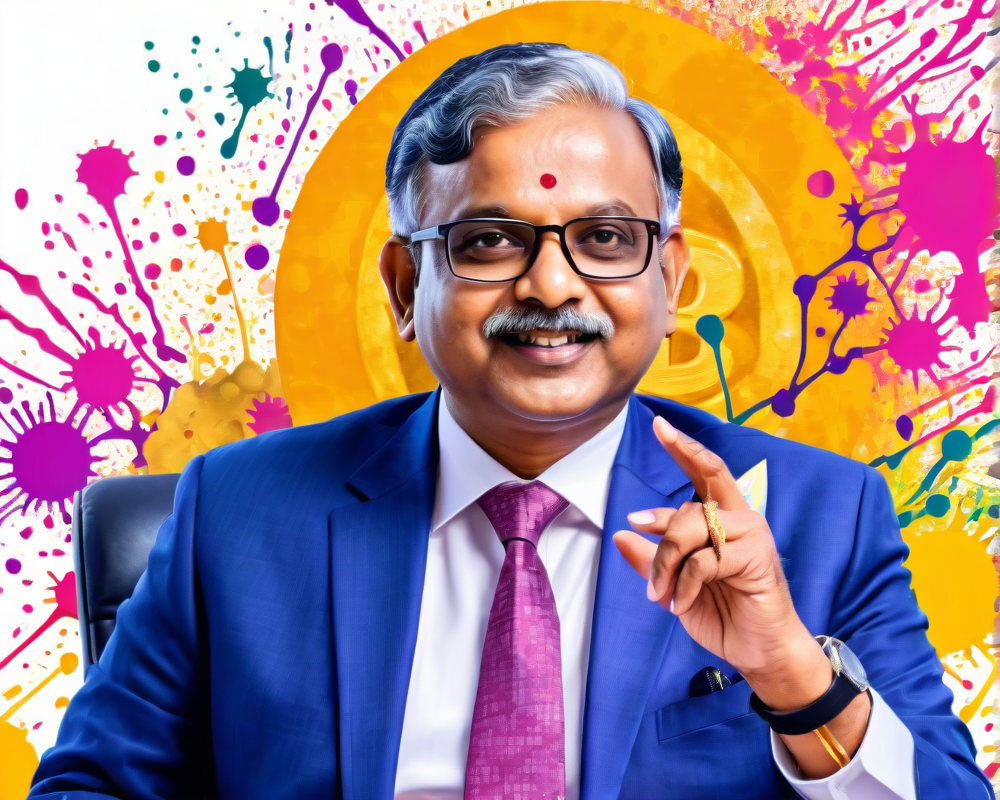RBI’s Stand Against Cryptocurrency
In a recent discussion with the International Monetary Fund (IMF), T Rabi Sankar, the deputy governor of the Reserve Bank of India (RBI), showcased his skepticism towards the cryptocurrency realm. He pointed out the potential for India to disrupt the crypto and blockchain ecosystem, emphasizing a more traditional approach to digital finance.
The Success of UPI: A Case Study
Sankar highlighted the remarkable growth of India’s Unified Payments Interface (UPI), a homegrown fiat-based peer-to-peer payments system. With an impressive average annual adoption and transaction growth rate of 160% over the past five years, UPI has set the bar high for digital payment methods.
“One of the reasons it is so successful is because it’s simple,” Sankar noted, drawing a clear distinction between UPI’s exceptional progress and the relative stagnation of blockchain technology since its inception. He stated, “Blockchain, which was introduced six-eight years before UPI started, even today is being referred to as a potentially revolutionary technology. [Blockchain] use cases haven’t really been established that much at the speed it initially was hoped for.”
Bridging the Tech Divide
Despite the hustle and bustle of digital payment advancements, Sankar acknowledged a significant barrier: a large segment of India’s population still lacks access to UPI due to limited smartphone availability. To address this gap, the Indian government is developing offline payment platforms which are now being rolled out to broader demographics.
Technology vs. Currency: The Real Talk
A strong advocate for traditional banking, Sankar emphasized that banks remain essential for providing liquidity services to the public. He clarified that technology alone cannot create currencies, asserting: “A currency needs an issuer or it needs intrinsic value. Many cryptocurrencies which are neither are still being accepted at face value. Not just by gullible investors but also the experts, policymakers, or academicians.”
Digital Rupee: The Future of Payments in India?
Sankar expressed skepticism towards cryptocurrencies, particularly regarding stablecoins like Tether (USDT), which he believes should not be blindly accepted as fiat-pegged currencies. Instead, he championed the potential of central bank digital currencies (CBDCs), arguing: “We believe that central bank digital currencies could actually be able to kill whatever little case that could be for private cryptocurrencies.”
Recently, the RBI proposed a three-step graded approach to rolling out a CBDC, aiming for minimal disruption to the existing financial system. As reported, Finance Minister Nirmala Sitharaman hinted at launching a CBDC between 2022 and 2023, which aims to give the digital economy a significant boost. The RBI is currently exploring a CBDC that addresses various challenges within the traditional financial structure.



